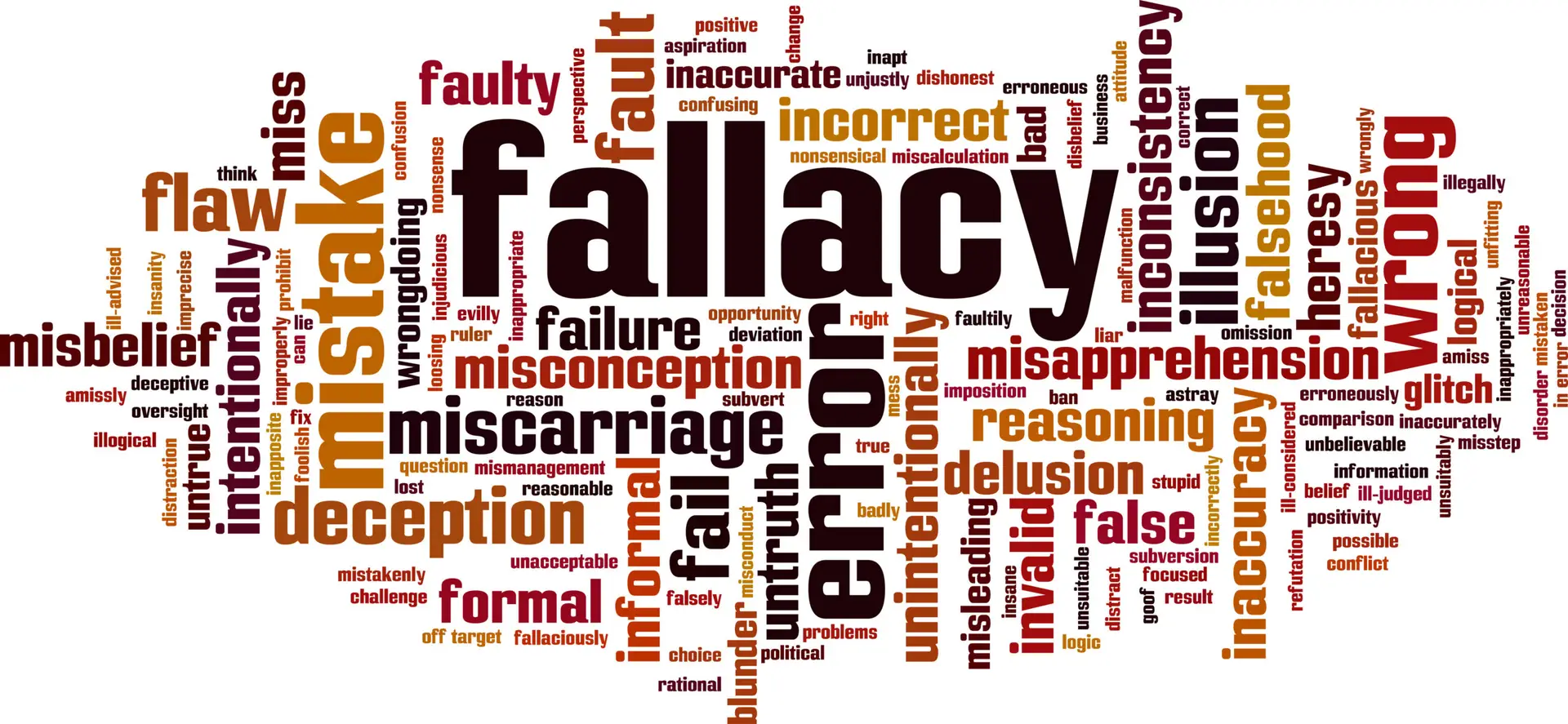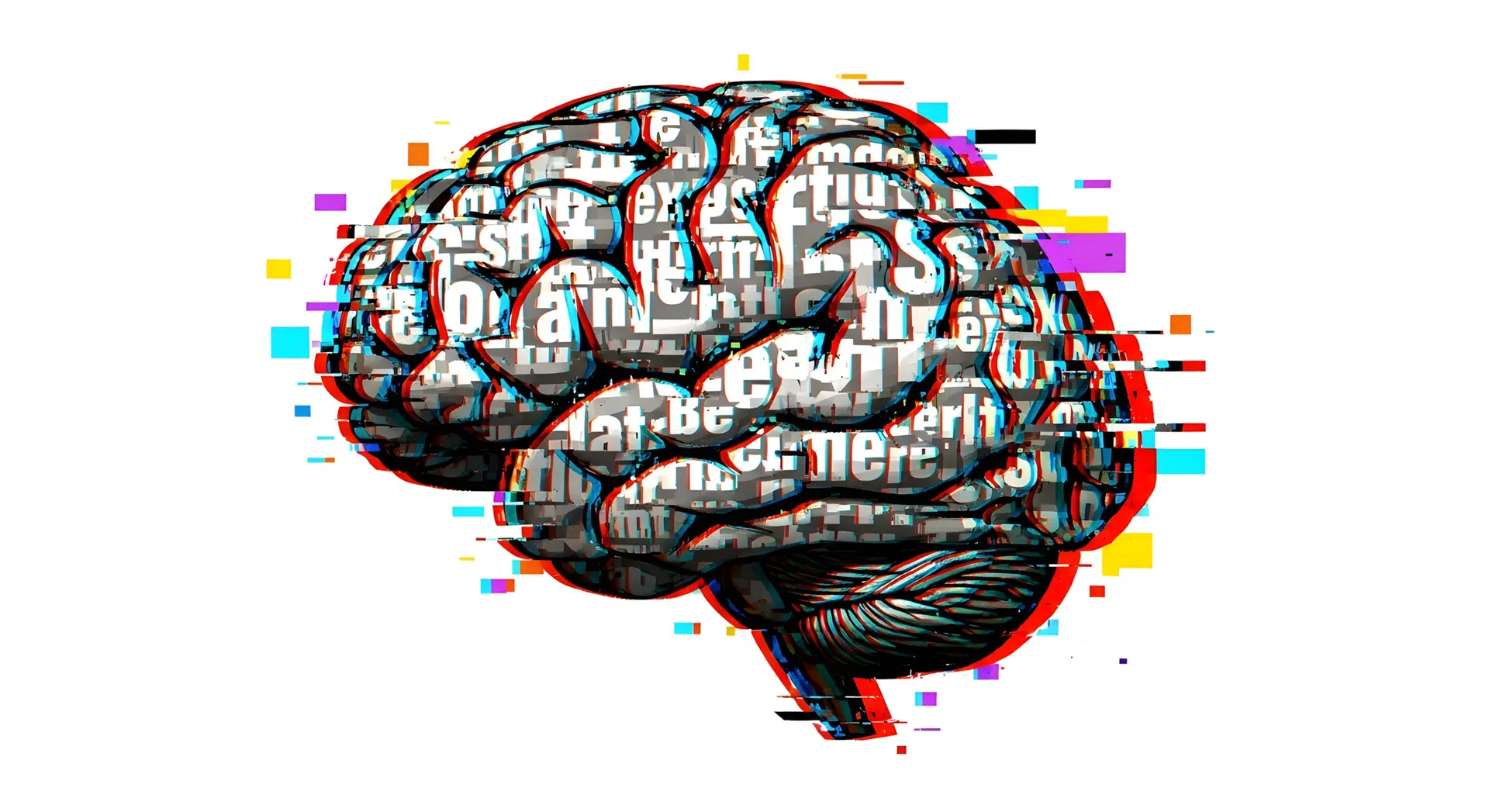The DSM-5 (American Psychiatric Association, 2013) identifies and describes ten specific personality disorders. These diagnoses represent ten specific enduring patterns of thoughts, feelings, and behaviour. There are four core features of personality disorders:
1. Rigid, extreme and distorted thinking patterns (thoughts)
2. Problematic emotional response patterns (feelings)
3. Impulse control problems (behaviour)
4. Significant interpersonal problems (behaviour)
For a diagnosis of a personality disorder a person must exhibit at least two of the four core features.
These are grouped into 3 sets: A, B and C. The A group are known as the odd and eccentric cluster, the B group are known as the dramatic, emotional and erratic cluster and the C group are known as the anxious and fearful cluster.
People can have more than one diagnosis for a personality disorder as some have similar traits e.g, a person can be diagnosed with both anti-social and narcissistic personality disorder.
NPD is part of the Cluster B grouping. Other personality disorders in this group are histrionic, borderline and antisocial.
Anti-Social Personality Disorder
The DSM-5 describes ASPD as a pervasive pattern of disregard for, and violation of, the rights of others occurring since age 15, as indicated by three (or more) of the following:
- Failure to conform to social norms with respect to lawful behaviors, as indicated by repeatedly performing acts that are grounds for arrest;
- Deceitfulness, as indicated by repeated lying, use of aliases, or conning others for personal profit or pleasure;
- Impulsivity or failure to plan ahead;
- Irritability and aggressiveness, as indicated by repeated physical fights or assaults;
- Reckless disregard for safety of one’s self or others;
- Consistent irresponsibility, as indicated by repeated failure to sustain consistent work behavior or honor financial obligations; and
- Lack of remorse, as indicated by being indifferent to or rationalizing having hurt, mistreated, or stolen from another.
The individual must be at least 18 years old and there must be evidence of conduct disorder with onset before age 15.
Borderline Personality Disorder
A diagnosis of borderline personality disorder needs to meet at least five of the following criteria, and can only be diagnosed after the age of 18:
- Frantic efforts to avoid real or imagined abandonment (not including suicidal behaviour);
- A pattern of unstable and intense interpersonal relationships that alternate between extremes of idealisation and devaluation;
- Identity disturbance: markedly and persistently unstable self-image or sense of self;
- Impulsivity in at least two areas that are potentially self-damaging (not including suicidal behaviour), such as excessive spending, unprotected sex, substance abuse, reckless driving, and/or binge eating;
- Recurrent suicidal behaviour, gestures, or threats, or self-mutilating behaviour;
- Affective instability due to a marked reactivity of mood, such as intense episodic dysphoria, irritability, or anxiety lasting between a few hours and a few days;
- Chronic feelings of emptiness;
- Inappropriate, intense anger or difficulty controlling anger; and
- Transient, stress-related paranoid ideation or severe dissociative symptoms.
Histrionic Personality Disorder
A diagnosis of histrionic personality disorder is indicated by at least five of the following:
- The person is uncomfortable in situations in which he or she is not the center of attention;
- Interaction with others is often characterized by inappropriate sexually seductive or provocative behaviour;
- The person displays rapidly shifting and shallow expression of emotions;
- The person consistently uses physical appearance to draw attention to self;
- The person has a style of speech that is excessively impressionistic and lacking in detail;
- The person shows self-dramatisation, theatricality, and exaggerated expression of emotion;
- The person is suggestible, i.e., easily influenced by others or circumstances;
- The person considers relationships to be more intimate than they actually are.
Narcissistic Personality Disorder
- Has a grandiose sense of self-importance (e.g., exaggerates achievements and talents, expects to be recognized as superior without commensurate achievements)
- Is preoccupied with fantasies of unlimited success, power, brilliance, beauty, or ideal love
- Believes that he or she is “special” and unique and can only be understood by, or should associate with, other special or high-status people (or institutions)
- Requires excessive admiration
- Has a very strong sense of entitlement, e.g., unreasonable expectations of especially favourable treatment or automatic compliance with his or her expectations
- Is exploitative of others, e.g., takes advantage of others to achieve his or her own ends
- Lacks empathy, e.g., is unwilling to recognize or identify with the feelings and needs of others
- Is often envious of others or believes that others are envious of him or her
- Regularly shows arrogant, haughty behaviours or attitudes
The following is a more in depth look at the criteria by which narcissistic personality disorder is diagnosed:
To diagnose narcissistic personality disorder, the following criteria must be met:
A. Significant impairments in personality functioning manifest by:
Impairments in self functioning (a or b):
a. Identity: Excessive reference to others for self-definition and self-esteem regulation; exaggerated self-appraisal may be inflated or deflated, or vacillate between extremes; emotional regulation mirrors fluctuations in self-esteem.
b. Self-direction: Goal-setting is based on gaining approval from others; personal standards are unreasonably high in order to see oneself as exceptional, or too low based on a sense of entitlement; often unaware of own motivations.
AND
Impairments in interpersonal functioning (a or b):
a. Empathy: Impaired ability to recognize or identify with the feelings and needs of others; excessively attuned to reactions of others, but only if perceived as relevant to self; over- or underestimate of own effect on others.
b. Intimacy: Relationships largely superficial and exist to serve self-esteem regulation; mutuality constrained by little genuine interest in others experiences and predominance of a need for personal gain.
B. Pathological personality traits in the following domain:
1. Antagonism, characterized by:
a. Grandiosity: Feelings of entitlement, either overt or covert; self-centeredness; firmly holding to the belief that one is better than others; condescending toward others.
b. Attention seeking: Excessive attempts to attract and be the focus of the attention of others; admiration seeking.
c. The impairments in personality functioning and the individual’s personality trait expression are relatively stable across time and consistent across situations.
d. The impairments in personality functioning and the individual’s personality trait expression are not better understood as normative for the individual’s developmental stage or socio-cultural environment.
e. The impairments in personality functioning and the individual’s personality trait expression are not solely due to the direct physiological effects of a substance (e.g., a drug of abuse, medication) or a general medical condition (e.g., severe head trauma).








This Post Has 2 Comments
Pingback: Paranoia – Children of Narcissists
I Thank you. My mom described to the T !!!!!!!!! WOW